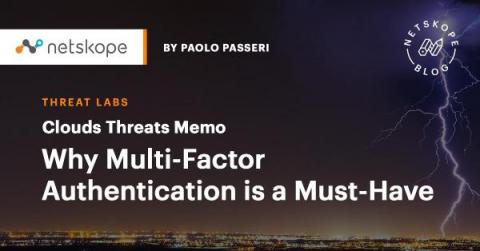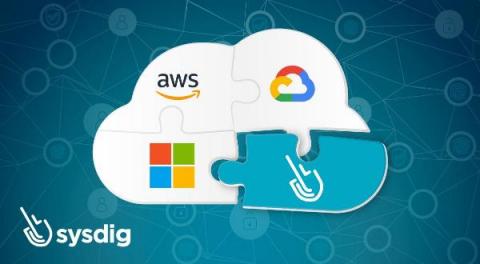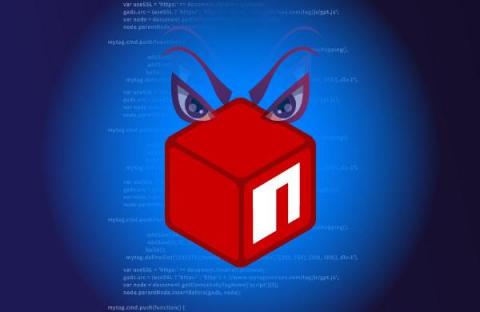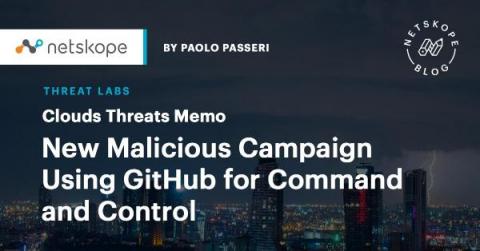Cloud Threats Memo: Why Multi-Factor Authentication is a Must-Have
Despite the growing interest in cloud accounts by opportunistic and state-sponsored actors, too many organizations fail to implement basic security measures to protect their cloud apps, such as multi-factor authentication (MFA) for administrators and users. This is the concerning finding of a report recently released by Microsoft, according to which just 22% of Azure Active Directory customers implement strong authentication mechanisms such as MFA or passwordless authentication.











